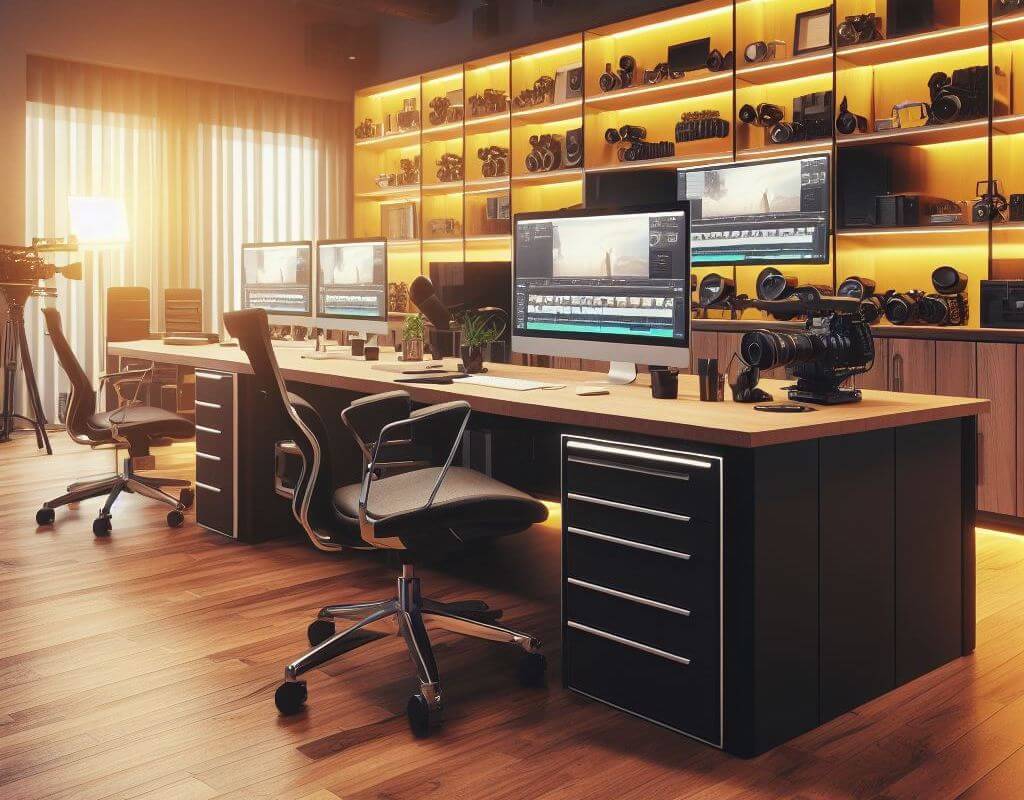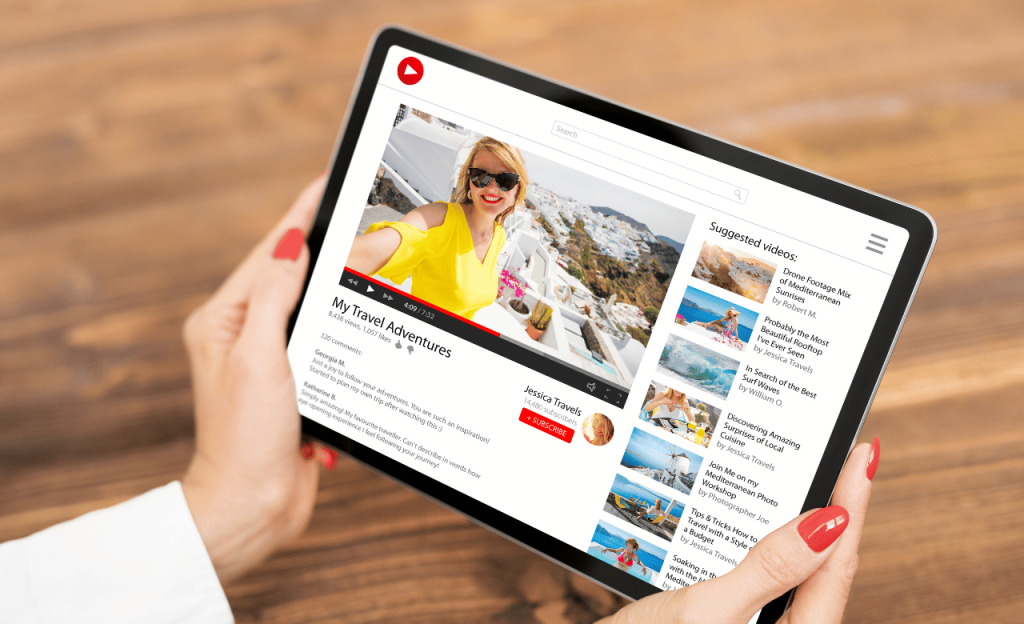In the fast-paced world of Professional Services, corporate videos play an essential role in marketing strategies. Whether it’s showcasing your expertise, introducing a new service, or providing valuable insights, a well-crafted video can be a powerful tool. To ensure that your corporate videos reflect the calibre of your services, we’ve pieced together this comprehensive instructional guide specifically for Marketing Managers in the Professional Services sector.
We understand the unique challenges that come with visual storytelling in a professional context — the balance between creative expression and corporate image, the airtight legalities, and, of course, the pressing need for video content that truly captures your audience. With this guide, you’ll not only overcome these obstacles, but also elevate your corporate video productions to new heights.
Step 1: Mastering Pre-Production Planning
Script Development
The foundation of any successful corporate video is a watertight script. Your script should be clear, concise, and tailored to your specific audience. For a professional touch, consider engaging a scriptwriter with corporate experience who can craft compelling narratives while ensuring all messaging aligns with your brand.
Setting Objectives
Clearly define the purpose of your video. Are you looking to increase brand awareness, engage clients, or highlight a specific milestone? These objectives will dictate the tone, style, and content of your video.
Budget Considerations
Professional Services often mean a professional budget. Plan wisely — allocate resources to the areas that will most impact the quality and effectiveness of your video. Remember, this isn’t just a cost; it’s an investment in your brand’s image.

Step 2: Choosing the Right Equipment
Cameras
For corporate videos, consider a DSLR or mirrorless camera with 4K capabilities. These provide the resolution and professional look necessary for high-quality footage. Additionally, invest in a quality set of lenses for versatility in different shooting conditions.
Microphones
Clear and crisp audio is non-negotiable. A lavalier microphone, shotgun mic, or wireless microphone systems are excellent choices for recording in various settings.
Lighting
No matter how sophisticated your camera, poor lighting can ruin even the best shot. Invest in quality LED panels, softboxes, and reflectors for controlled lighting in any situation.

Step 3: Location Scouting and Preparation
On-Brand Locations
Select locations that reflect the ethos of your brand. Professional Services demand a sense of sophistication, so choose settings that convey professionalism and trust.
Technical Planning
Visit each location before the shoot to assess acoustics and lighting. This reconnaissance allows you to plan and adapt your shooting schedule and equipment to the specific challenges of each setting.
Step 4: Mastering Shooting Techniques
Framing and Composition
Shoot with a purpose. Understand the different types of shots — from wide to close-ups — and use them to convey information and emotion effectively. The rule of thirds and leading lines are compositional techniques that can enhance the visual appeal of your video.
Camera Movement
Consistent and smooth camera movements lend a professional look to your videos. Whether it’s panning, tilting, or tracking, ensure that movements are deliberate and controlled.
Lighting Techniques
Lighting should complement your narrative. Use three-point lighting to illuminate subjects, with a key light for brightness, a fill light to control shadows, and a backlight for separation.
Step 5: Interview Setups That Wow
Staging
For interviews, a quiet, neutral, and well-lit backdrop is essential. Position interviewees off-centre, leaving space for the subject to look or move into the frame.
Mic Strategy
Microphones should capture crisp and clear dialogue. A shotgun mic placed just out of frame, or a lavalier will capture the voice without distracting from the shot.
Step 6: Post-Production Essentials
Editing Software
Invest in professional editing software such as Adobe Premiere Pro or Final Cut Pro for more intricate post-production needs. If resources are limited, consider user-friendly options like DaVinci Resolve or iMovie.

Brand Integration
Your corporate video must reflect your brand identity. Consistent use of brand colours, logos, and fonts reinforce brand recognition and professionalism.
Graphics
Including infographics and animations can clarify complex concepts and add visual interest. But remember, simplicity is key. Over-complicated visuals can distract from your message.
Step 7: Legal Compliance in Corporate Videos
Copyright
Ensure all audio, visual, and written elements are either original or legally acquired. Any copyrighted material must be used with permission or under legal fair use.
Model and Property Releases
If individuals or private property are identifiable in your video, obtain signed model and property releases to protect yourself from any potential legal disputes.
Step 8: Distributing Your Corporate Masterpiece
Platform Selection
Choose the right platform to reach your target audience. Whether it’s LinkedIn, your company website, or an industry-specific forum, ensure the platform aligns with your distribution goals.

Sharing Formats
The format of your video should be optimised for the platform, whether it’s square for Instagram, vertical for IGTV, or traditional widescreen for a website. Tailoring your content to each platform ensures maximum engagement.
In conclusion, corporate videos are not just about capturing moments; they are about telling your story in the most compelling and professional manner possible. Follow these steps diligently, and your videos will strengthen your brand, engage your clientele, and elevate your marketing efforts. And whenever you’re ready to take your corporate video production to the next level, book a free 30-minute strategy call with Super Motion. Your success story awaits, in cinematic 4K.
